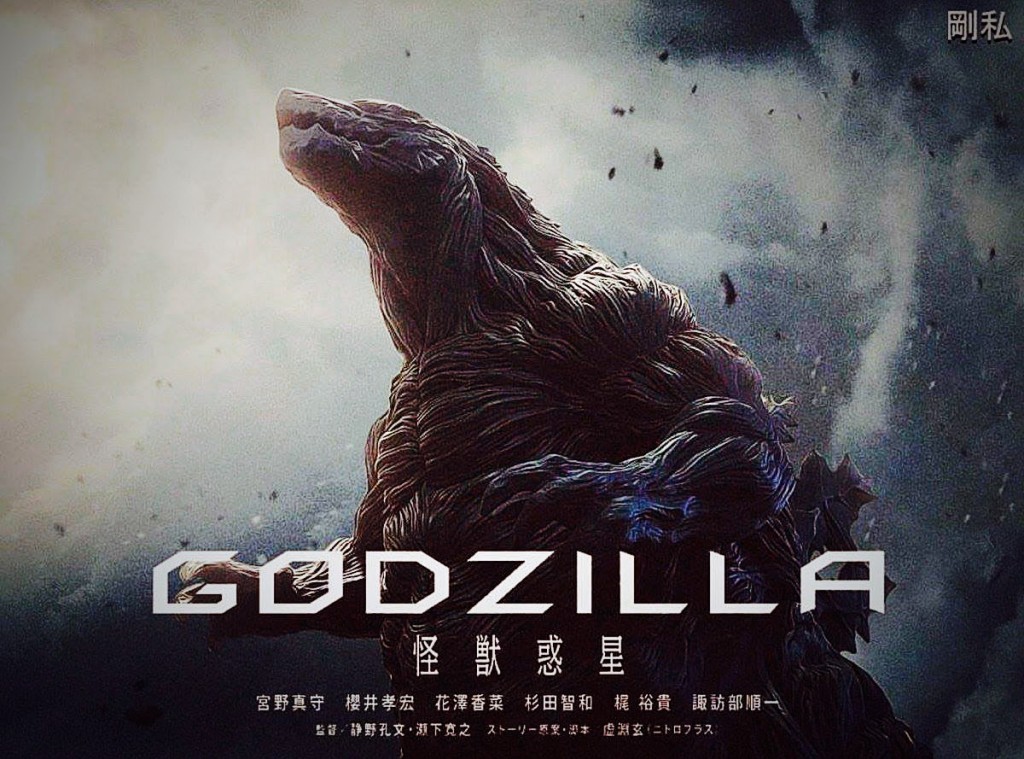The Animated Godzilla: Planet of the Monsters Mostly Does Its Job
Go-ji-ra — a strange word with mythic resonance when it rolls off the tongue of native Japanese speakers. But it’s a tough sell as the English title of a 1950s monster movie. For the sake of global audiences, the Foreign Sales Department of Toho Studios gave their 1954 movie and its monster a Romanized name: Godzilla. It makes sense as a transliteration: the katakana character shi (シ) in Gojira (ゴジラ) can be Romanized as -dzi-, and the “R” sound in -ra (ラ) slides into an “L.” By happy accident — or sly intention — Toho baptized their behemoth with the word God at its front, hinting at a creature greater than life, dominant in a way no mere monster could be.
The highest compliment I can give to the new animated film, Godzilla: Planet of the Monsters (currently streaming on Netflix), is that it explores and explodes the “God” in Godzilla. Other movies in the series have emphasized the monster’s inscrutability and deity-like unstoppability. The first mention of Godzilla in the 1954 original comes from an old fisherman who speaks of a legendary beast that has kept his island in fear for centuries. Planet of the Monsters pushes this god(zilla)hood into the spotlight. Godzilla has literally conquered Earth, driving the scraps of humanity into exile in space, then transforming and ruling the planet’s ecosystem unchallenged for twenty thousand years. This is Godzilla Earth, where the monster is both creator and destroyer.
